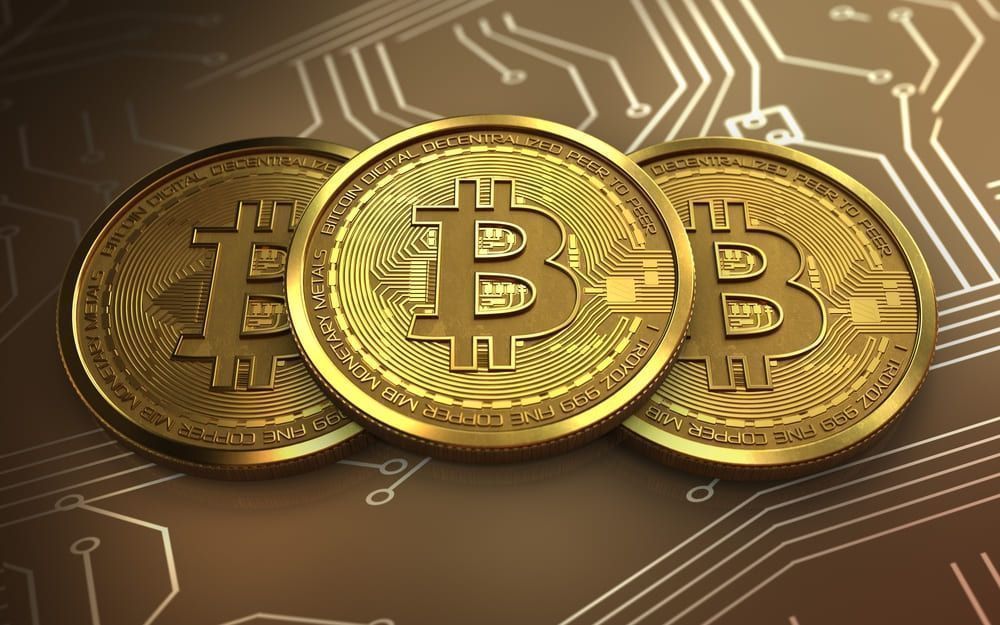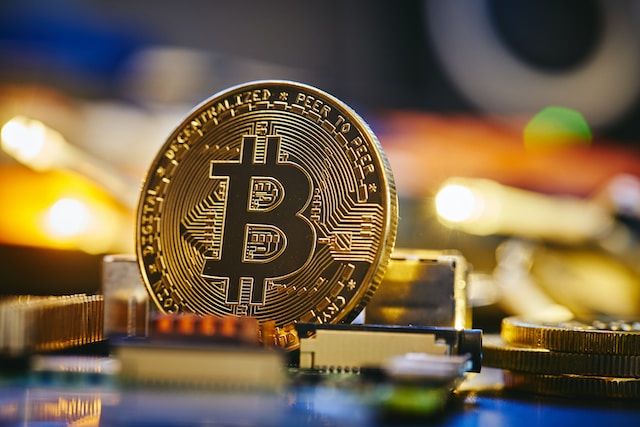AUD/JPY rises above 101.00 due to rising doubts over BoJ rate hikes
Fxstreet
Nov 20, 2024 5:46 AM
- AUD/JPY gains ground due to increased uncertainty surrounding the BoJ policy outlook.
- The AUD appreciated as the RBA Meeting Minutes emphasized the importance of maintaining a restrictive monetary policy.
- The risk-sensitive AUD could have faced challenges due to the escalating Russia-Ukraine conflict.
AUD/JPY extends its winning streak for the third successive session, trading around 101.20 during the Asian hours on Wednesday. This upside of the AUD/JPY cross is attributed to the tepid Japanese Yen (JPY) amid uncertainty surrounding the timing of the next interest rate hike by the Bank of Japan (BoJ).
On Tuesday, Japan’s Finance Minister Katsunobu Kato emphasized the need for stable currency behavior in line with economic fundamentals, expressing increased vigilance over foreign exchange movements. Kato reiterated that the ministry would take necessary actions to manage excessive forex fluctuations.
The Australian Dollar (AUD) remains stable following the interest rate decision by China, Australia's close trading partner. The People's Bank of China (PBoC) Monetary Policy Committee (MPC) decided to keep the benchmark interest rate unchanged at 3.1% for November.
Australian Treasurer Jim Chalmers stated that "tumbling iron ore prices and a softening labor market have impacted government revenue." following his Ministerial Statement on the economy on Wednesday. Chalmers outlined Australia's tough fiscal outlook, citing the weakening of China, a key trading partner, and the slowdown in the job market as contributing factors.
The upside of the AUD/JPY cross could be limited as the risk-sensitive AUD could have faced challenges as Ukraine deployed US-supplied ATACMS missiles to strike Russian territory for the first time, signaling a significant escalation on the 1,000th day of the conflict. However, market anxieties lessened somewhat when Russian Foreign Minister Sergei Lavrov reassured that the government would take all necessary measures to avert a nuclear war.
Interest rates FAQs
Interest rates are charged by financial institutions on loans to borrowers and are paid as interest to savers and depositors. They are influenced by base lending rates, which are set by central banks in response to changes in the economy. Central banks normally have a mandate to ensure price stability, which in most cases means targeting a core inflation rate of around 2%. If inflation falls below target the central bank may cut base lending rates, with a view to stimulating lending and boosting the economy. If inflation rises substantially above 2% it normally results in the central bank raising base lending rates in an attempt to lower inflation.
Higher interest rates generally help strengthen a country’s currency as they make it a more attractive place for global investors to park their money.
Higher interest rates overall weigh on the price of Gold because they increase the opportunity cost of holding Gold instead of investing in an interest-bearing asset or placing cash in the bank. If interest rates are high that usually pushes up the price of the US Dollar (USD), and since Gold is priced in Dollars, this has the effect of lowering the price of Gold.
The Fed funds rate is the overnight rate at which US banks lend to each other. It is the oft-quoted headline rate set by the Federal Reserve at its FOMC meetings. It is set as a range, for example 4.75%-5.00%, though the upper limit (in that case 5.00%) is the quoted figure. Market expectations for future Fed funds rate are tracked by the CME FedWatch tool, which shapes how many financial markets behave in anticipation of future Federal Reserve monetary policy decisions.





